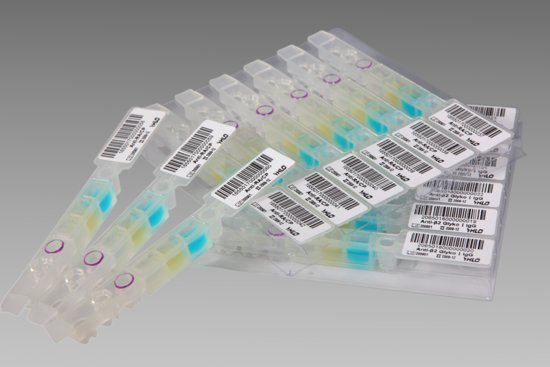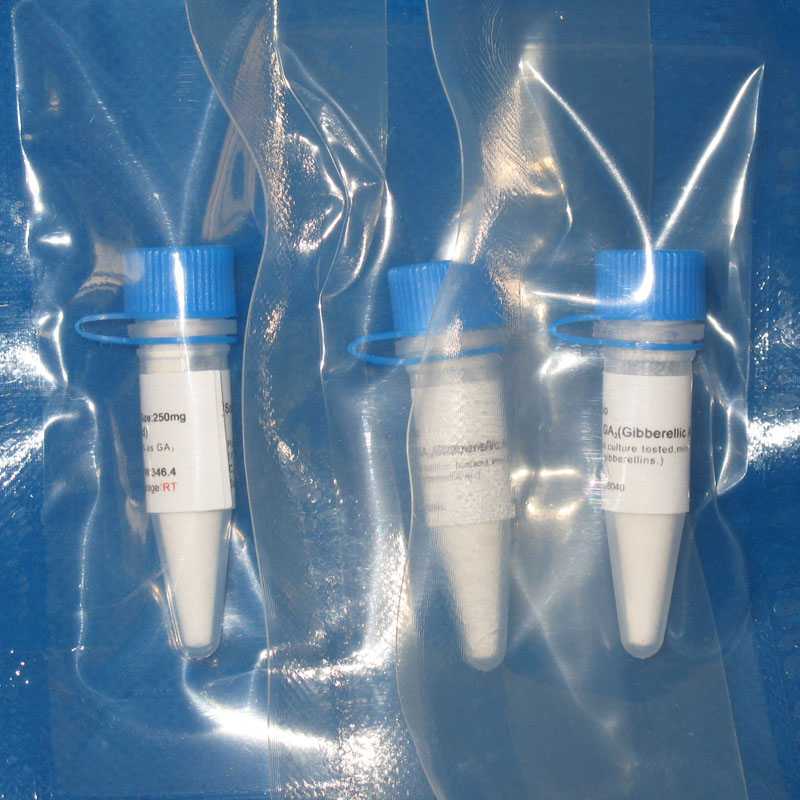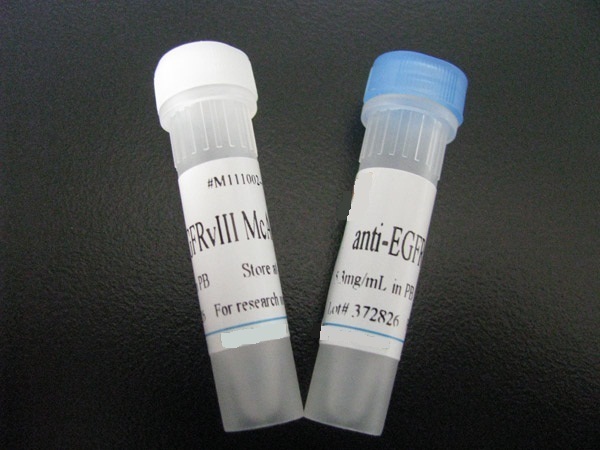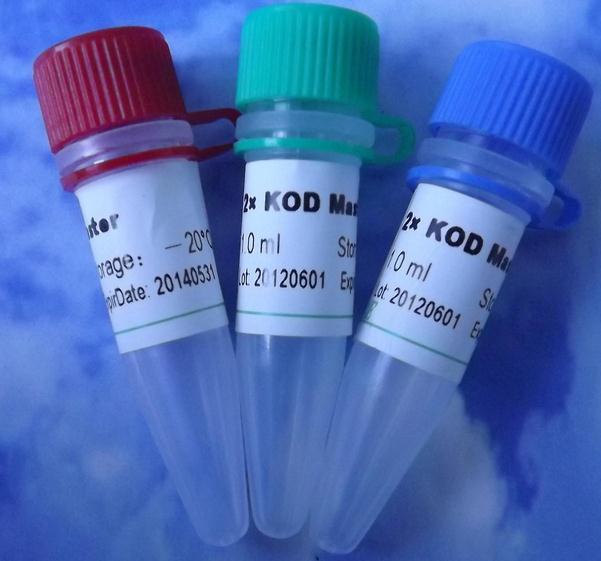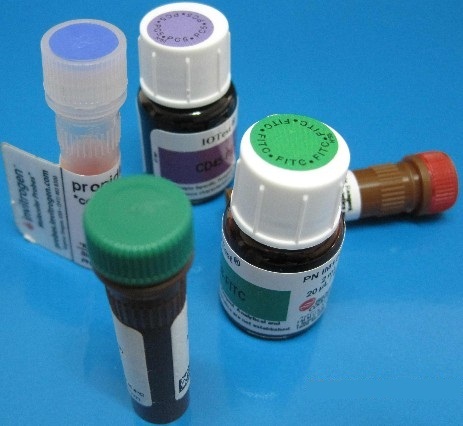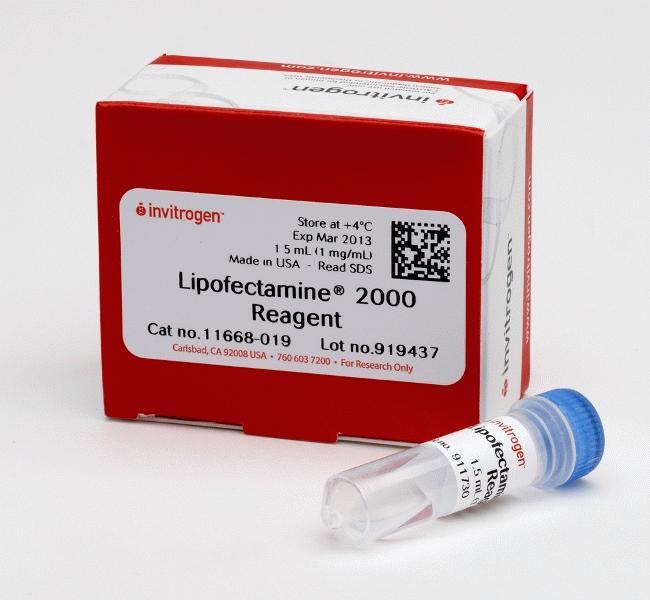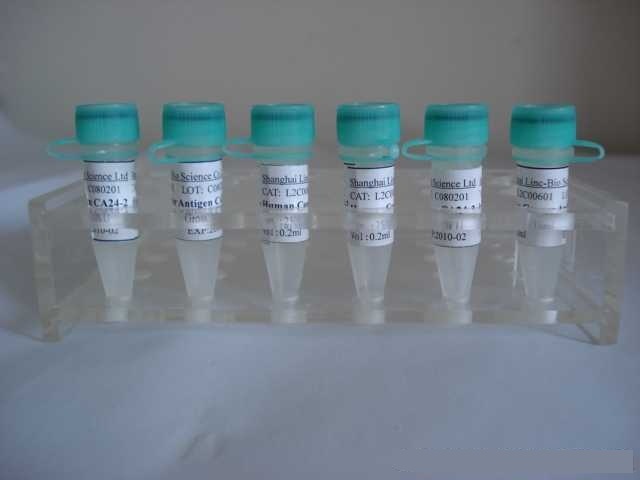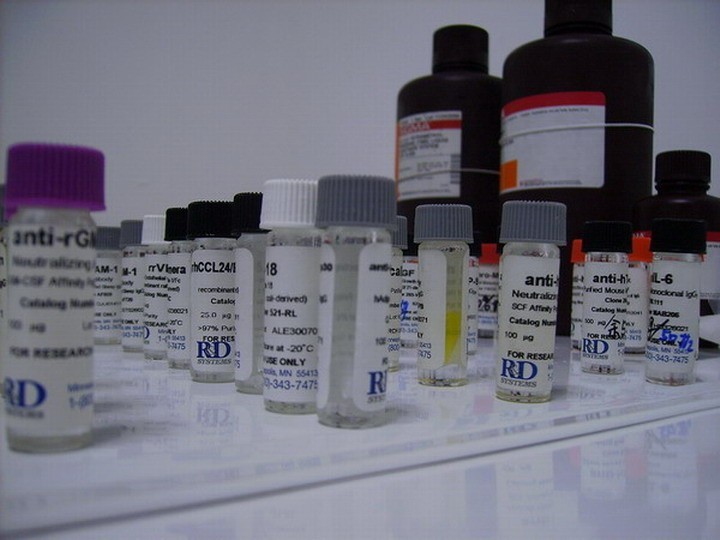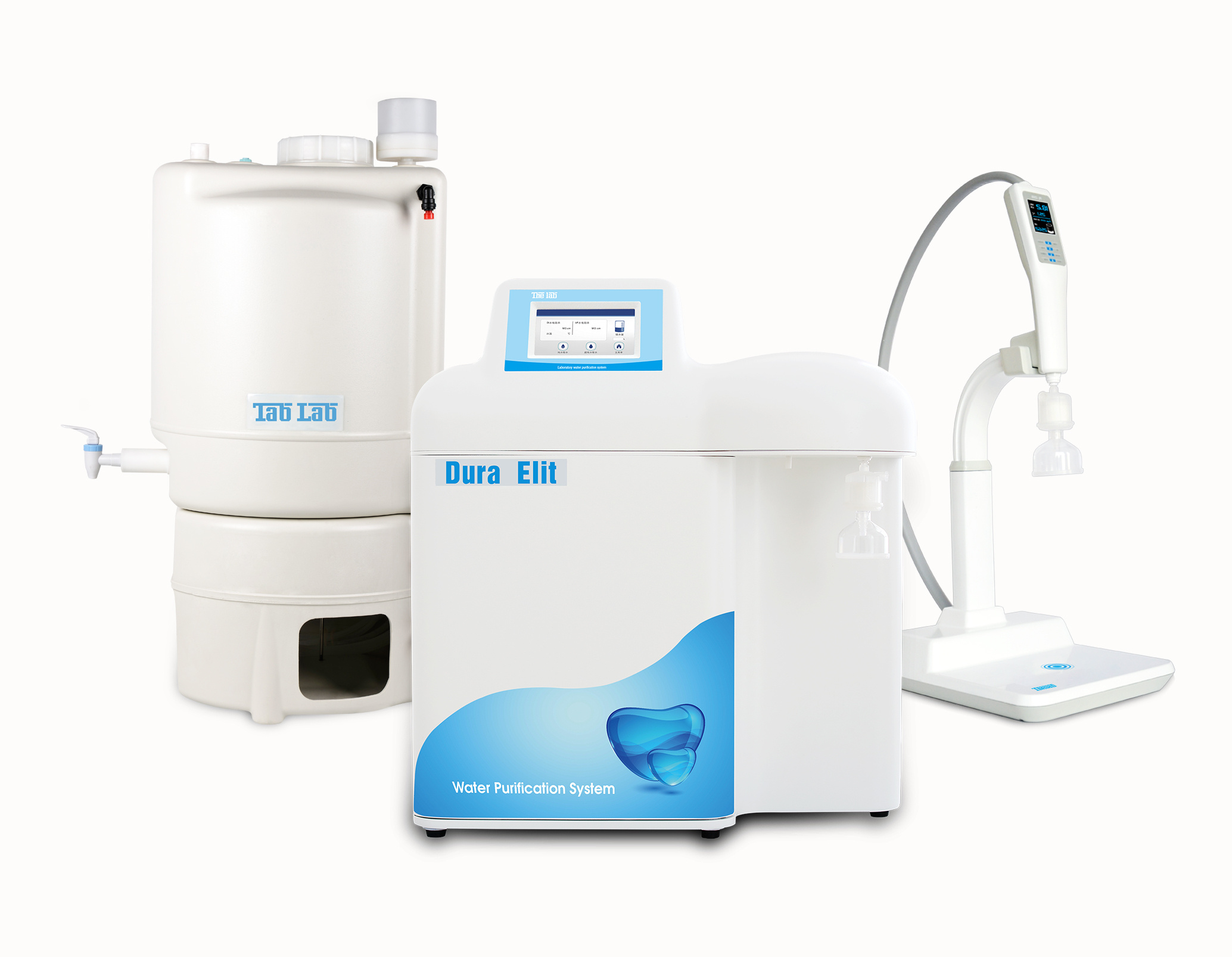4)经纯化制备的抗体在常用的缓冲液中是稳定的。其DH应保持在中性左右。如果pH在7-8之间,即使保存多年,对抗体也无损害。多数情况下,盐浓度适于保持在0-150mmol/L之间,但在长期存放的抗体中,盐溶液浓度高达500mmol/L时,对
抗体来源 Rabbit
克隆类型 polyclonal
交叉反应 Human, Mouse, Rat, Chicken, Dog, Pig, Horse, Rabbit, Sheep, Monkey
产品类型 一抗
研究领域 细胞生物 信号转导 细胞凋亡
蛋白分子量 predicted molecular weight: 35kDa
性 状 Lyophilized or Liquid
免 疫 原 KLH conjugated synthetic peptide derived from human FAIM2
亚 型 IgG
纯化方法 affinity purified by Protein A
储 存 液 Preservative: 15mM Sodium Azide, Constituents: 1% BSA, 0.01M PBS, pH 7.4
产品应用 WB=1:100-500 ELISA=1:500-1000 IP=1:20-100 IHC-P=1:100-500 IHC-F=1:100-500 IF=1:100-500
(石蜡切片需做抗原修复)
not yet tested in other applications.
optimal dilutions/concentrations should be determined by the end user.
保存条件 Store at -20 °C for one year. Avoid repeated freeze/thaw cycles. The lyophilized antibody is stable at room temperature for at least one month and for greater than a year when kept at -20°C. When reconstituted in sterile pH 7.4 0.01M PBS or diluent of antibody the antibody is stable for at least two weeks at 2-4 °C.
Important Note This product as supplied is intended for research use only, not for use in human, therapeutic or diagnostic applications.
FAS凋亡抑制分子2产品介绍 Programmed cell death regulates a number of biological processes such as normal organism development, tissue homeostasis, and removal of damaged cells. Disruption of this process has been implicated in a variety of diseases such as cancer. FAIM2 is a recently identified protein that can inhibit the apoptotic signal transduced by the Fas receptor but not from the related tumor necrosis factor-alpha death signal. In this respect, FAIM2 is functionally similar to the anti-apoptotic proteins FAIM, FLIP and Bcl-xL. FAIM2, a seven membrane spanning protein, can bind the Fas receptor but does not regulate Fas expression or inhibit binding of FADD to Fas. FAIM2 is widely distributed, but highly expressed in the hippocampus and other neural tissues. FAIM2 was also identified as the neural membrane protein 35 (NMP35) and its expression is known to be regulated by the Phosphatidylinositol 3-kinase-Akt/PKB pathway.
Function : Antiapoptotic protein which protects cells uniquely from Fas-induced apoptosis. Regulates Fas-mediated apoptosis in neurons by interfering with caspase-8 activation. May play a role in cerebellar development by affecting cerebellar size, internal granular layer (IGL) thickness, and Purkinje cell (PC) development.
Subunit : Interacts with FAS/TNFRSF6 and BAX.
Subcellular Location : Cell membrane; Multi-pass membrane protein (By similarity). Membrane raft. Cell junction, synapse, postsynaptic cell membrane (By similarity).
Tissue Specificity : Highly expressed in breast carcinoma tissues. Enhanced expression correlates with the grade of the tumor (grade II/grade III) in primary breast tumors (at protein level). Widely expressed. Expressed at high levels in the brain especially in the hippocampus.
Similarity : Belongs to the BI1 family. LFG subfamily.
Database links : UniProtKB/Swiss-Prot: Q9BWQ8.1
![]()



